Gradovi
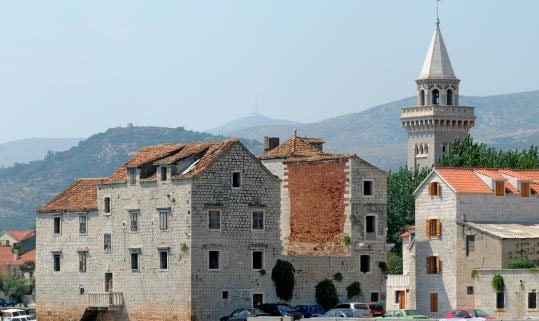
Kaštela
Kaštela su pitoreskni gradići srednje Dalmacije, između Splita i Trogira. Kaštela su naziv za sedam manjih spojenih mjesta uz obalu Kaštelanskog zaljeva. To su: Štafilić, Novi, Stari, Lukšić, Kambelovac, Gomilica i Sućurac.
Povijest Kašela veže se još od doba neandretalaca (ostaci nađeni u Mujinoj pejćini). Kaštelanska povijest seže daleko, još od doba vlasti Grčke i Rima, kada Kaštela doživljavaju gospodarski i civlilizacijski procvat. Od dolaska Hrvata, venecijanske prevlasti, pa sve do danas.
Svemu tome svjedoče ostaci antičkih vila, starohrvatske crkvice, dvorci – kašteli. Jedna od ljepših šetnica nalazi se na potezu između Kašel Gomilice i Kaštel Lukšić.


Trogir
Trogir se smjestio u središtu Dalmacije, na Jadranskoj obali. Blizina splitskog aerodroma (5 kilometara) i blizina autoceste (samo 15 kilometara) čine Trogir i okolne luke i otoke nezaobilaznu destinaciju tijekom vašeg posjeta Dalmaciji.
Zbog pozicije i prirodne zaštićenosti, njegova luka omiljena je destinacija nautičarima diljem svijeta. Brojne znamenitosti nalaze se u radijusu od svega nekoliko stotina kilometara od Trogira, poput gradova Dubrovnika, Šibenika i Zadra, kao i neki od najljepših hrvatskih nacionalnih parkova.
Trogir su osnovali grčki kolonisti još u 3.stoljeću prije Krista. Kroz stoljeća su ga prisvajali Rimljani, Bizant, Mađari, Venecija i Napoleon. Kulturni, humanistički i graditeljski procvat doživljava u srednjem vijeku kad se podizanjem gradskih zidina i kule na antičkoj jezgri oblikuju njegovi temeljni obrisi, a brojne građevine iz romanike, gotike i renesanse priskrbile su mu titulu najočuvanijeg romaničkogotičkog grada u centralnoj Europi, zbog čega ga je UNESCO uvrstio na listu svjetske baštine.

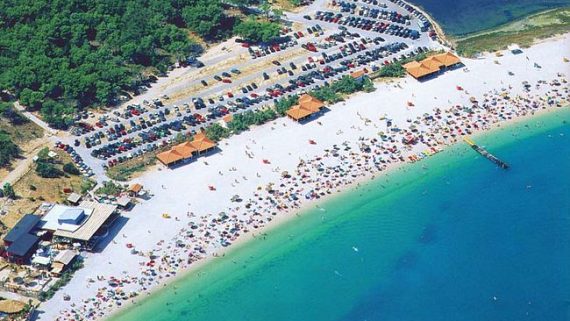
Novalja
Grad Novalja smješten je u blagom zaljevu sjevernozapadnog dijela otoka Paga. Idealan zemljopisni smještaj na važnim kopnenim i pomorskim putevima od sjevernog prema južnom Jadranu omogućuje joj odličnu prometnu povezanost s kopnom.
Grad Novalja je središnja luka i poznati turistički centar. Otvorena prema svima i svemu što donosi ruža vjetrova.
Osjetit ćete veliku ljubav čovika, kamena i mora, tvrde zemlje koja škrto daje i gostoljubivost naših ljudi.
Najveće bogatstvo Novalje je u njezinim prekrasnim poznatim plažama, a prava ljepota nalazi se u skrivenim malim uvalama koje su prekrivene škarima, oblucima i pjeskom, te vječno okupane s čistim, bistrim morem i okružene netaknutom prirodom.

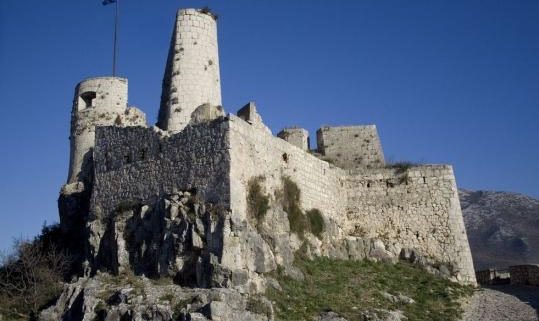
Klis
Brdo Klis veza je između planine Mosor na istoku i Kozjaka na zapadu. Kroz povijest bio je meta mnogim narodima, od Ilira i Mletaka pa sve do Turaka koji su ga smatrali vratima Dalmacije, otvorenim putem prema staroj Saloni i Splitu. Na vrhu brda stvaralo se naselje koje su kasnije Turci utvrdili. Poznata Kliška tvrđava simbol je mjesta, ali i otpora ujedinjenih Dalmatinaca u borbi protiv Turaka. Klis i danas predstavlja sponu između mora i Zagore jer njime prolazi i stara i nova cesta prema unutrašnjosti Hrvatske.
Tvrđava Klis udaljena je 15km od Splita.

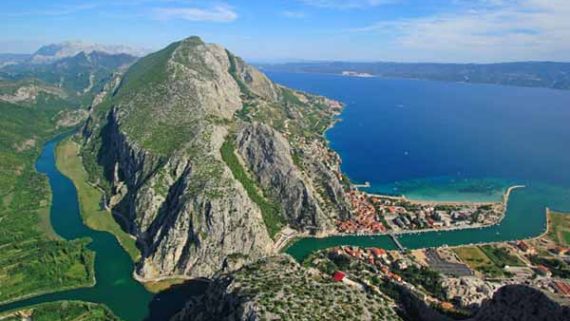
Omiš
Omiš je slikoviti grad istinskog mediteranskog ugođaja na ušću rijeke Cetine. To je grad Festivala dalmatinskih klapa, grad kojim su vladali omiški gusari više od 2 stoljeća (od 1221. g. do 1444. g.) te grad pored kojeg se razvila drevna Poljička Republika – prva takva u Europi.
Omiš se nalazi u srcu Dalmacije između turističkih centara Splita i Makarske. Poslije burne i zanimljive povijesti od antičkih vremena te srednjovjekovne neosvojive tvrđave omiških gusara, postao je turističko središte rivijere iznimne ljepote.

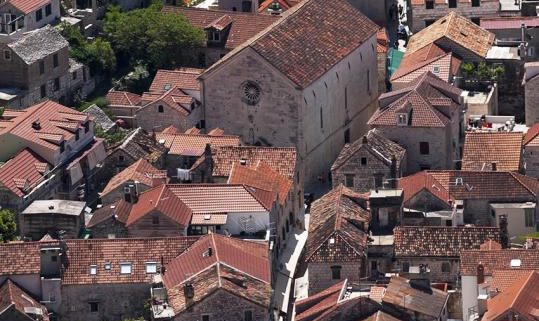
Šibenik
Grad Šibenik je središte Šibensko-kninske županije, udaljen je oko 85 km od Splita. Smješten je u središnjem dijelu hrvatske obale Jadrana, u slikovitom, razvedenom zaljevu u koji utječe rijeka Krka. On je ujedno i najstariji samorodni hrvatski grad na Jadranu.
Najpoznatija znamenitost u gradu je katedrala Sv. Jakova, najznačajnije graditeljsko ostvarenje 15. i 16. st. na tlu Hrvatske.
Zbog svojih iznimnih vrijednosti katedrala je 2000. godine uvrštena u UNESCO-ov popis svjetskog kulturnog nasljeđa.

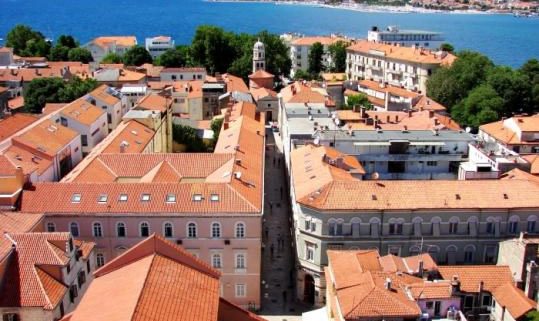
Zadar
Grad Zadar udaljen je oko 168 km od Splita. Središte je Zadarske županije i šireg područja sjeverne Dalmacije.
Ovaj drevni grad, prvi put se spominje u 4.st pr.n.e., kao naselje ilirskog plemena Liburna – imenom Jader.
Grad obiluje povijesniim i kulturnim znamenitostima, kao što su rimski Forum, Sv. Donat. Novije atrakcije grada “Pozdrav suncu” i “Morske orgulje” privlače sve više posjetiitelja.

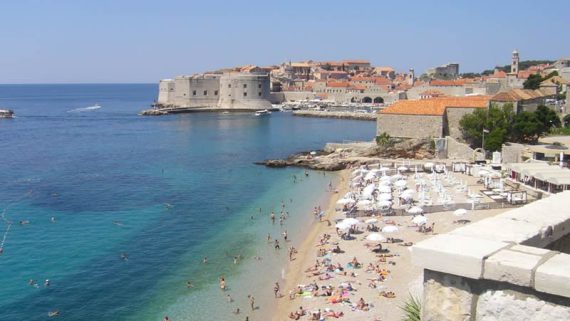
Dubrovnik
akon svoje posjete Dubrovniku, irski je pisac George Bernard Shaw napisao: “Oni koji traže raj na zemlji trebaju doći i vidjeti Dubrovnik”.
Dubrovnik je jedinstven u svijetu zbog impresivnih srednjevjekovnih tvrđava, crkava, samostana i palača te ga često nazivaju biserom Jadrana.
Više od tisuću godina njegove povijesti učinile su Dubrovnik europskim kulturnim središtem. Isprva malena zajednica, grad ubrzo doživljava procvat i postaje sjedištem neovisne Dubrovačke republike. Republika ovladava umijećem pomorstva, stvorivši flotu na Južnome Jadranu koja se je mogla usporediti s onom koju je imala Venecija na sjeveru. Povijest je prisutna u cijelome gradu, koji je u isto vrijeme muzej i živopisna pozornica na kojoj se susreću kulturno nasljeđe i suvremeni život. Svaka kuća i spomenik imaju jedinstvenu vrijednost. Povijesna jezgra opasana je monumentalnim zidinama koje su sačuvane u prvobitnom obliku i otvorene za posjetitelje kao najveća atrakcija Dubrovnika. Od godine 1979. Grad se nalazi pod zaštitom UNESCO – a.

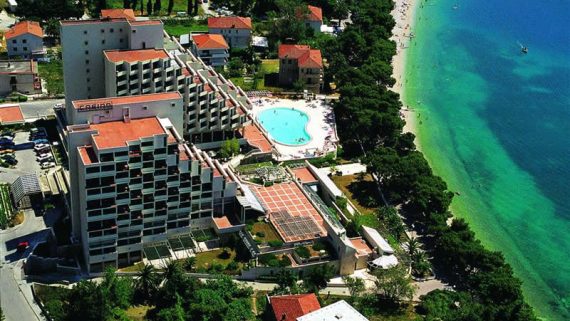
Makarska
Makarska je smještena u prirodno zaštićenoj luci, zatvorenoj s jugoistoka rtom Osejavom, a sa sjeverozapada poluotokom Sv. Petrom.
Grad se amfiteatralno širi prema padinama planine Biokovo (1762 m) koja je štiti od prodora kontinentalne klime te ima bujnu mediteransku vegetaciju, blagu zimu, duga i topla ljeta s osvježavajućim maestralom. Sunce je obasjava više od 2750 sati godišnje, s temperaturom zraka višom od 20°C od lipnja do rujna, a prozirno more od lipnja do listopada ima temperaturu iznad 20°C.
Makarska prema zadnjem popisu stanovništva ima 13 894 stanovnika, a gustoća naseljenosti iznosila je 360,2 stanovnika po km². U ljetnoj sezoni Makarsku posjeti više od 15000 posjetitelja.
U Makarskoj je najvažnija gospodarstva grana turizam. Zemljopisnim položajem i kulturno-povijesnim značajem od svog je postanka središte hrvatske mikroregije – Makarskog primorja.

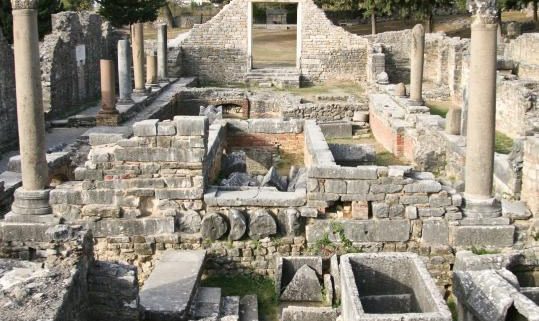
Salona
Solin, kolijevka antičke i starohrvatske povijesti, smješten na rijeci Jadro, koju nazivamo hrvatskim Jordanom i populacijski najmlađi grad u Republici Hrvatskoj, grad je koji krije bogatu kulturnu i prirodnu baštinu što ga čini zanimljivom turističkom destinacijom.
U njemu se nalazi najstarije marijansko svetište u Hrvatskoj koje je utemeljila kraljica Jelena prije više od tisuću godina, čija crkva čuva njezin nadgrobni natpis, a kojeg je 1998. pohodio sv. otac Papa Ivan Pavao II.
U njedrima Solina krije se antička Salona, nekad glavni grad rimske provincije Dalmacije i najveći arheološki park u Hrvatskoj, o čijoj veličini svjedoče impozantne zidine s kulama i vratima, forum s hramovima, amfiteatar i groblja sa salonitanskim mučenicima (Manastirine, Kapljuč, Marusinac), grad s preko 60 000 stanovnika i prema legendi rodno mjesto cara Dioklecijana.
Osim Salone, Vaši domaćini rado će Vam pokazati i ostatke Gradine iz turskog vremena, Gašpine mlinice iz 18. st., u kojoj posjetitelji mogu uživati u razgledu mlina i starih alata te Šuplje crkve, krunidbene bazilike Kralja Zvonimira, u kojoj se kralj Zvonimir 1076. krunio za kralja Hrvatske i Dalmacije kao i najveći morski akvarij u Hrvatskoj smješten na poluotoku Vranjicu.
Uz rijeku Jadro, koja izvire u podnožju Mosora na 35 metara nadmorske visine, a ulijeva se u solinski zaljev nakon 4,5 km dugog toka, u čijim se vodama razvila i endemična podvrsta Mekousna pastrva, Solin obiluje bogatom prirodnom baštinom i brojnim manifestacijama koje za cilj imaju interpretaciju kulturne baštine tog grada. Ukoliko se odlučite na boravak u Solinu, smještaj možete pronaći u hotelu, hostelu ili privatnom smještaju, a bogatu kulinarsku ponudu, u kojoj se posebno izdvaja pastrva, kušati u našim restoranima sa spokojnim ambijentom uz rijeku Jadro.

